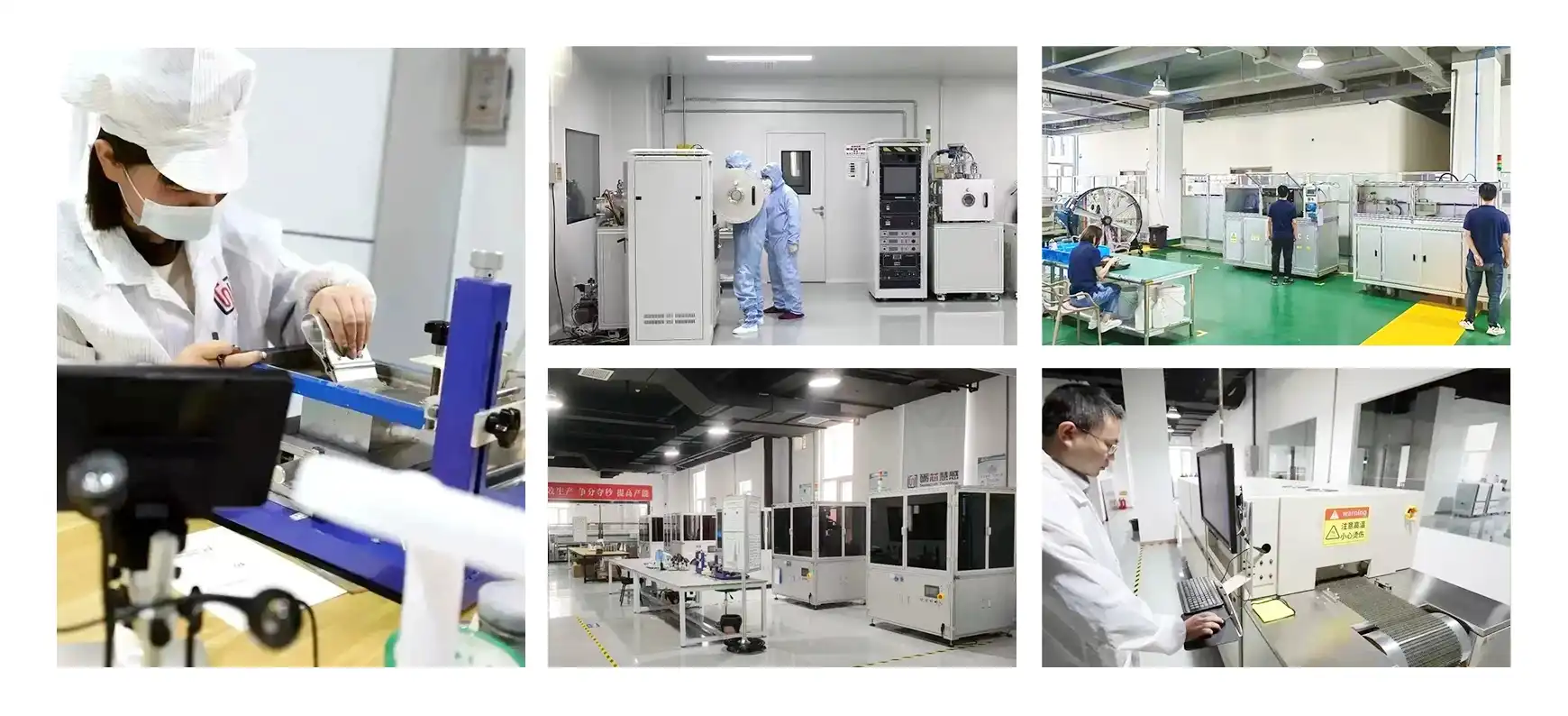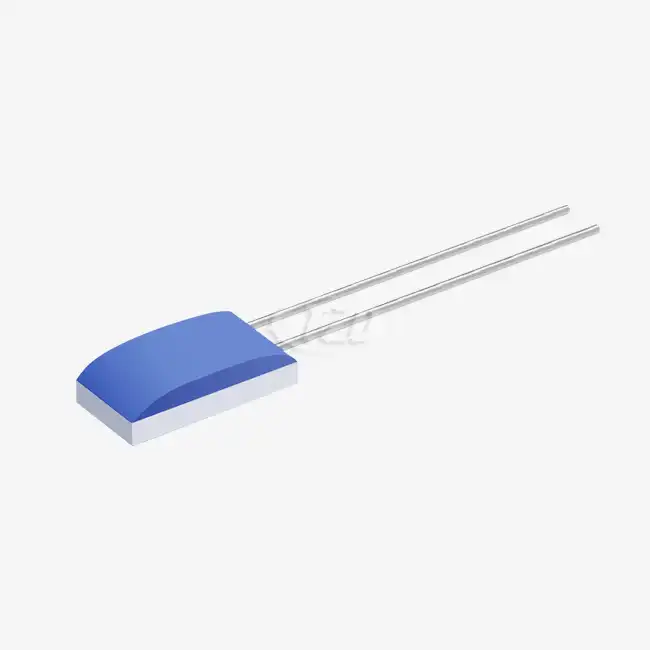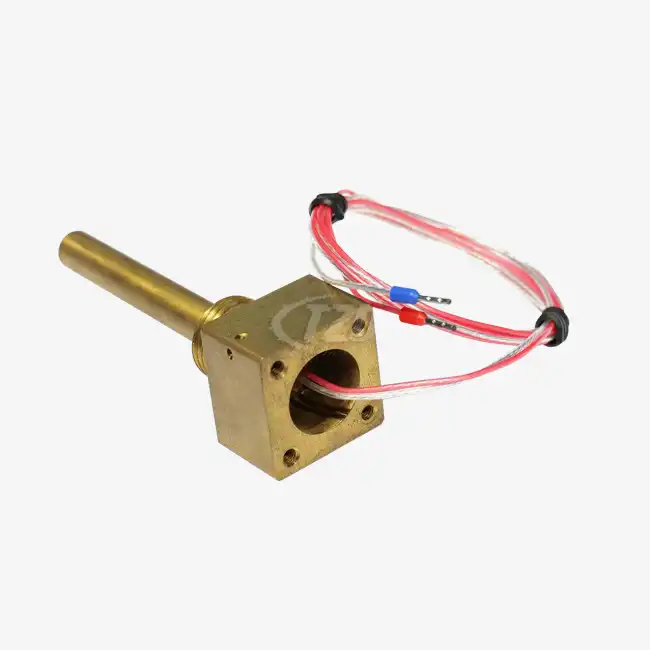The Evolution of High Temperature Sensors in Aerospace
Traditional Temperature Sensing Methods
Historically, aerospace engineers relied on conventional temperature measurement techniques, such as thermocouples and resistance temperature detectors (RTDs). While these methods served their purpose, they often fell short in extreme temperature environments encountered in aerospace applications. The limitations of traditional sensors included reduced accuracy at high temperatures, slower response times, and susceptibility to electromagnetic interference.
Breakthroughs in Sensor Technology
Later progressions in tall temperature sensor innovation have tended to numerous of the inadequacies of conventional strategies. Modern sensors utilize innovative materials and designs to withstand extreme heat while maintaining accuracy and reliability. For instance, thin film platinum resistor sensors have emerged as a game-changer in aerospace temperature measurement.
These advanced sensors, like those developed by Xi'an Tongzida Technology Co., Ltd., offer remarkable performance characteristics. With a temperature coefficient of 3850ppm/℃ and compliance with the IEC60751 standard, these sensors provide exceptional accuracy across a wide temperature range of -200℃ to +850℃. The precision of ±0.01 Ω and long-term stability drift of ≤0.04% ensure reliable measurements in critical aerospace applications.
Expanding Applications in Aerospace
The improved capabilities of high temperature sensors have expanded their applications within the aerospace industry. These sensors now play crucial roles in various systems, including:
- Aircraft engines: Monitoring combustion temperatures and exhaust gases
- Rocket propulsion: Measuring temperatures in rocket nozzles and combustion chambers
- Thermal protection systems: Ensuring the integrity of heat shields during atmospheric reentry
- Avionics: Monitoring temperatures in electronic systems exposed to extreme conditions
- Environmental control systems: Regulating cabin temperatures and life support systems

Key Features of Advanced High Temperature Sensors
Enhanced Durability and Reliability
Modern high temperature sensors are specifically engineered to endure the extreme conditions commonly found in aerospace environments. The integration of progressed materials, such as high-grade ceramics and specialized metal amalgams, along with accuracy fabricating strategies, has altogether boosted both their toughness and long-term unwavering quality. For instance, sensors offering vibration resistance up to 40g and impact resistance of 100g continue to deliver highly accurate readings even in the presence of strong mechanical stress, sudden movements, or intense turbulence.
Rapid Response Times
A key advancement in high temperature sensor technology is the remarkable improvement in response time, which plays a critical role in safety-critical aerospace systems. Today's sensors can enlist temperature changes in as small as 0.05 seconds, giving near-instantaneous criticism. This ultra-fast response is essential in aerospace applications, where real-time data is crucial for making immediate operational decisions, preventing system failure, and maintaining overall mission success during high-speed flight or rapidly changing thermal conditions.
Customization Options
The increasing ability to customize high temperature sensors for unique aerospace needs has greatly expanded their application range. Manufacturers now produce sensors in various sizes, typically between 1.2mm and 4.0mm in diameter, to fit compact or complex installation spaces. Moreover, offering multiple lead material options—such as platinum nickel, silver nickel, and pure platinum—enables engineers to select components that best meet specific thermal, electrical, or mechanical requirements, ensuring optimal performance across different aerospace platforms and operational scenarios.
Impact on Aerospace Design and Performance
Improved Safety and Reliability
The integration of advanced high temperature sensors has significantly improved the safety and reliability of aerospace systems. By delivering highly accurate and real-time temperature data, these sensors allow for continuous monitoring and precise control of mission-critical components such as engines, turbines, and electronic systems. This enhanced monitoring capability facilitates early detection of thermal anomalies or irregularities, helping to prevent equipment damage, reduce the likelihood of in-flight failures, and ultimately ensure safer and more dependable aerospace operations.
Enhanced Efficiency and Performance
High temperature sensors play a vital role in boosting the efficiency and overall performance of modern aerospace systems. Their ability to provide precise and consistent temperature readings supports the optimal operation of propulsion units, thermal management systems, and structural materials exposed to extreme heat. With this improved thermal insight, engineers can fine-tune system performance, improve combustion efficiency, minimize energy losses, lower emissions, and achieve better fuel economy—contributing to more sustainable and high-performing aerospace vehicles.
Enabling New Aerospace Technologies
Recent advancements in high temperature sensor technology have opened new frontiers in aerospace innovation. These sensors back the plan and operation of next-generation impetus frameworks, progressed warm protecting for re-entry vehicles, and frameworks competent of persevering the extraordinary warm of high-altitude or hypersonic flight. Their precision and resilience under harsh conditions make them indispensable in developing future spacecraft and aircraft technologies. As sensor capabilities continue to evolve, they will remain central to progress in aerospace engineering and exploration.

Conclusion
The recent advances in high temperature sensor technology have revolutionized aerospace heat resistance capabilities. These innovative sensors offer unprecedented accuracy, reliability, and performance in extreme temperature environments. As the aviation industry proceeds to thrust the boundaries of what's conceivable, tall temperature sensors will play a progressively basic part in guaranteeing the security, productivity, and victory of future missions.
For those interested in learning more about cutting-edge high temperature sensor technology and its applications in aerospace and other industries, please contact Xi'an Tongzida Technology Co., Ltd. at sales11@xatzd.com. Their expertise in thin film temperature sensitive chip design, processing, packaging, and testing can provide valuable insights into the latest advancements in this field.




